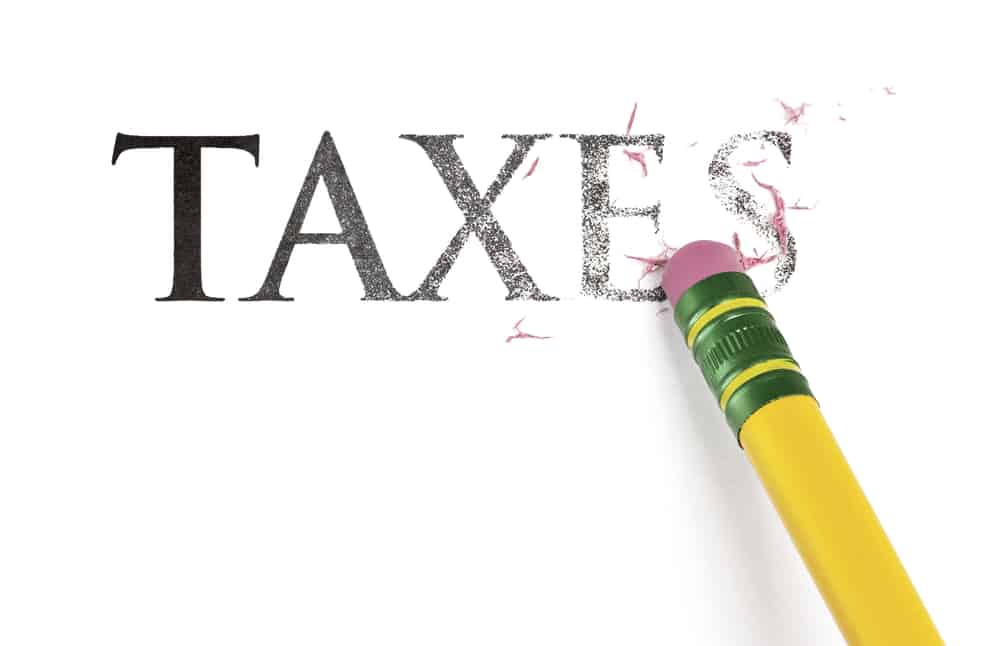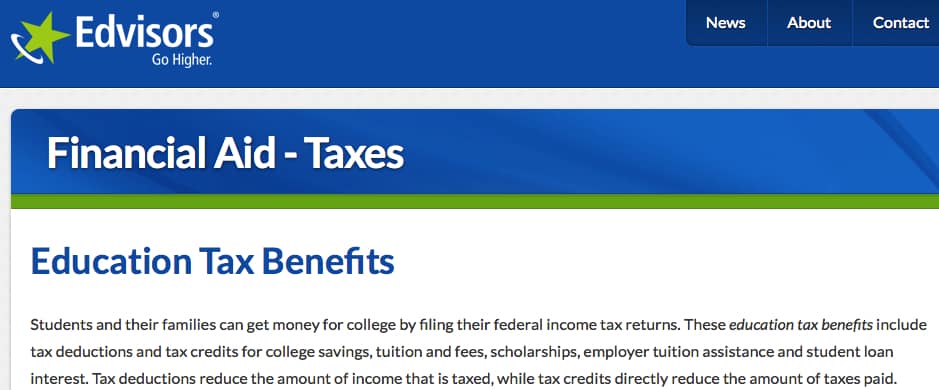
I’ve always dreaded tax season, but when I had children in college there was one aspect of this unwelcome ritual that I actually looked forward to every year.
I loved claiming the American Opportunity Tax Credit, which allows qualified parents to knock up to $2,500 off their tax bill for each of their children in college.
I felt even better the one year that my husband Bruce and I got to cut what we owed to the IRS by $5,000 when we had both of our children in college at once. During all those other college-going years, our annual tax credit reduced our IRS bill by $2,500.
This is the first year that Bruce and I won’t be able to claim the credit after seven years in a row and we’re really going to miss it.
Tax credits, by the way, are vastly more valuable than tax deductions because they reduce what you owe on your taxes dollar for dollar. So if you owed the IRS $3,000 on your 2014 tax return and you claimed the maximum American Opportunity Tax Credit, your bill would drop to $500.
The American Opportunity Tax Credit, which Congress has threatened to kill off many times, will be the most generous federal education tax credit for most families. Plenty of parents have no idea that this education tax credit exists nor do they know about other higher-ed tax benefits.
An easy-to-understand resource exists, however, to get you up to speed on all these benefits. Edvisor Network explains these education tax benefits in plain English and how they can best be used, which I think is a first. Here is the main link to visit the site’s higher-ed tax benefit resource guide, which you can see in the screen shot below:
Learning About College Tax Credits
You have always been able to read about these higher-ed benefits on the IRS website or through IRS Publication 970, but when you finish you are likely to be scratching your head about which one to pick and the best way to use them. That’s why I particularly like the Edvisor Network’s tax benefit section entitled, Picking the Best Mix of Education Tax Credits and Deductions.
Mark Kantrowitz, one of the nation’s leading experts on financial aid, and David Levy, the former financial aid director of three colleges including California Institute of Technology, who both work at Edvisors Network, are the authors of this educational material. (Some of you might remember that Kantrowitz was the founder of FinAid.org, but he is now the publisher at Edvisor Network.)
The Best Tax Credit
As I’ve already mentioned, the best tax benefit for most parents will be the American Opportunity Tax Credit. If parents qualify, they 
To capture the American Opportunity Tax Credit, taxpayers can claim 100% of the first $2,000 that they spend on qualified college expenses for a student and 25% on the next $2,000 spent. Tuition and fees and course materials such as textbooks, supplies and equipment are eligible expenses. Room and board do not count. Parents can use this credit for no more than four years of college.
To qualify, a family’s modified adjusted gross income must be under $90,000 for a parent filing as a single taxpayer or under $180,000 for married parents filing jointly. There is also a phase-out period.
No Double Dipping
What’s tricky about using the American Opportunity Tax Credit, as well as other tax credits and deductions, is that no double dipping is allowed. Parents can’t use the same educational expenses to qualify for more than one education tax benefit and that includes tax-free withdrawals from a 529 college account. (Those tax-free withdrawals are considered an educational benefit.) So when my husband and I claimed the American Opportunity Tax Credit, we had to make sure that we weren’t using the same expenses twice.
For instance, if you withdrew $4,000 from a 529 plan to help pay for college tuition, you couldn’t use that same expenditure to qualify for the American Opportunity Tax Credit.
Bottom Line:
When filing your taxes this year, make sure to see if you can capture the American Opportunity Tax Credit or one of the other higher-ed freebies from Uncle Sam. They represent a great way to defray the cost of college.


It appears that if the scholarship and grant aid is greater than the full tuition and books that the credit does not apply. Is this the general case?
Hi David,
You need $4,000 worth of qualified expenses to claim the $2,500 tax credit. If you don’t have that, you can’t claim it and lucky you that your child’s tuition is covered with scholarships/grants.
Qualifying educational expenses for the American Opportunity Credit are tuition and related course materials. For the American Opportunity credit, other course materials such as books, lab supplies, software and other class materials can qualify for the tax credit.
Lynn O’Shaughnessy
Lynn,
The tax credit covers tuition and fees, but what is deducted from that?
Merit Scholarships, Financial Need payments, Work Study, RA positions?
Thanks,
Charles
During tax season, parents receive a statement from the school (Form 1098-T) that includes the amount billed for qualified tuition and related expenses and the scholarship/grants the students was awarded.
Lynn O.
my 21 yr old apply single this year he attends college i was told that i couldnt claim him for nothing if he claim himslf so i apply single was that correct??
I’m attempting to claim the credit for the first time this year. I have a couple of questions that maybe some of the veterans of this process can help me out with. First, I did 529 withdrawals for both first and second semester. The first one was distributed to me and I paid the school. For the 2nd one I had the 529 trustee transfer the money directly. Now I have 2 1099-Q’s, one to me and one to my son. Do I put them both on my return or can I ignore the one in my son’s name? My second question relates to the double dipping issue. My 529 withdrawals did not cover the entire cost, I paid about $5,000 out of other savings. I’m concerned that since you can’t take a credit for room and board but you can pay for room and board out of a 529, that the IRS would say that the non 529 funds were for room and board and not tuition. Do I need to do an allocation of some sort. I’ve researched this and haven’t found an answer. Any help would be appreciated.
Mike,
I’d ask your tax preparer about this question. Sorry, but I can’t provide tax advice.
Lynn O’Shaughnessy